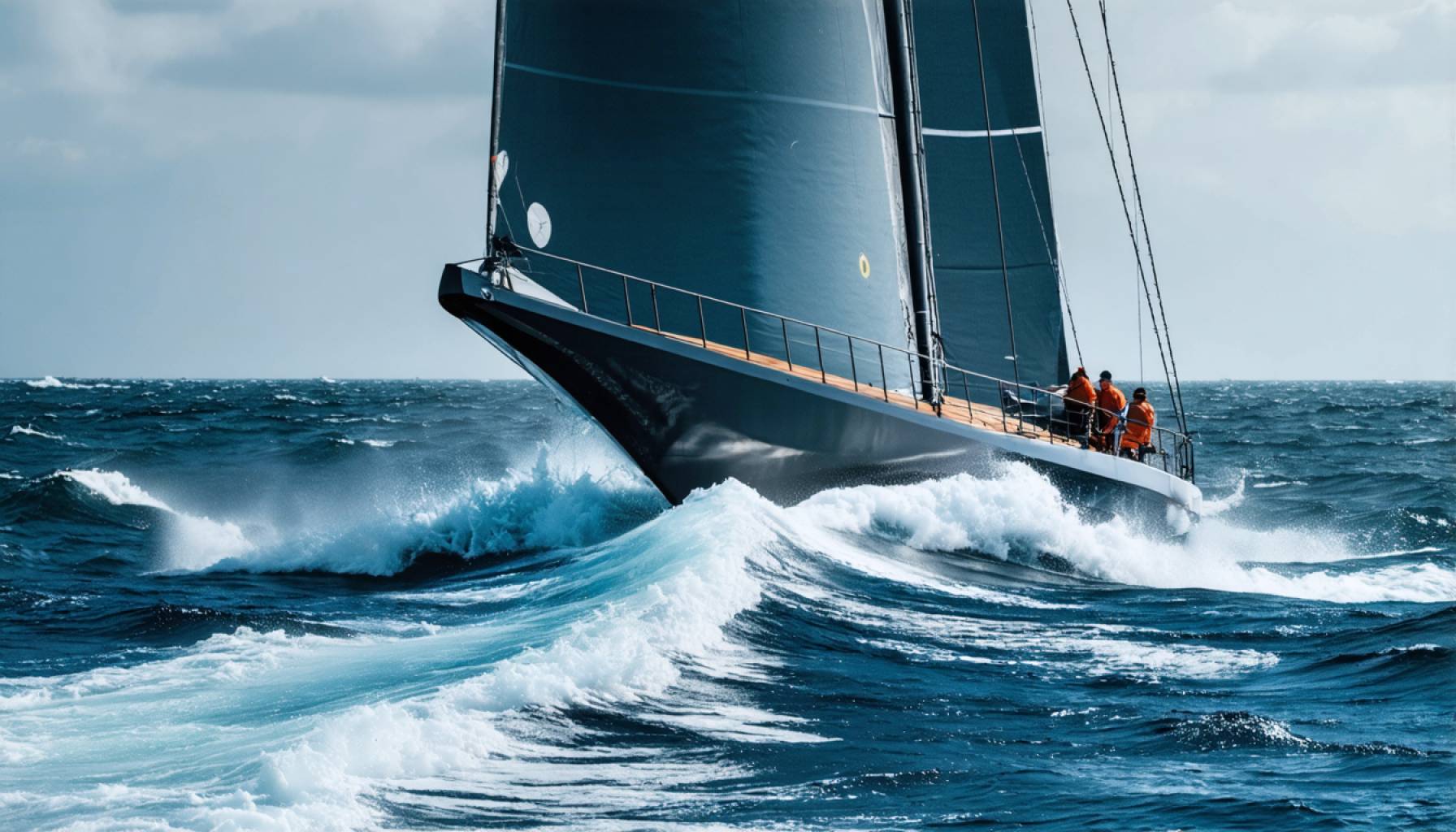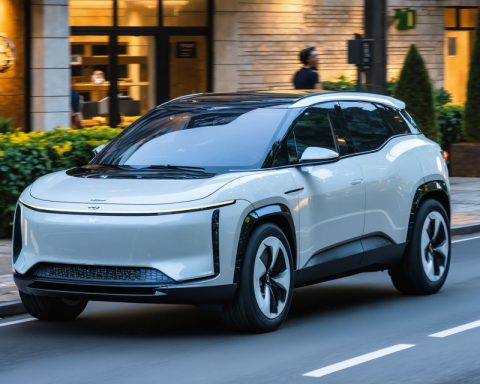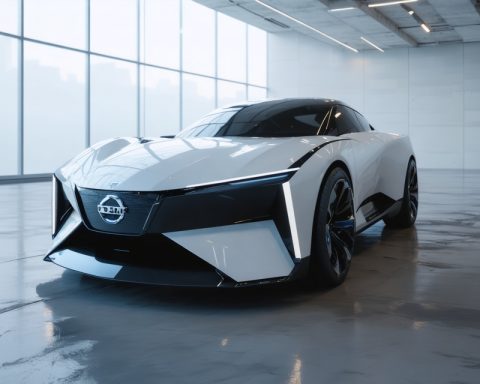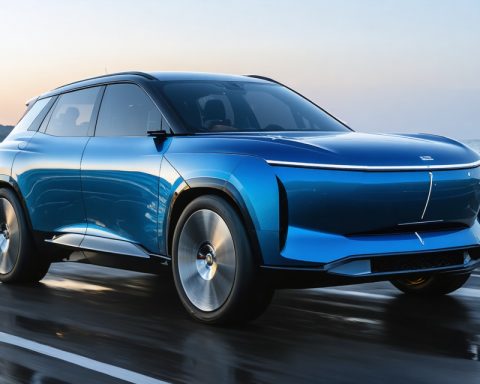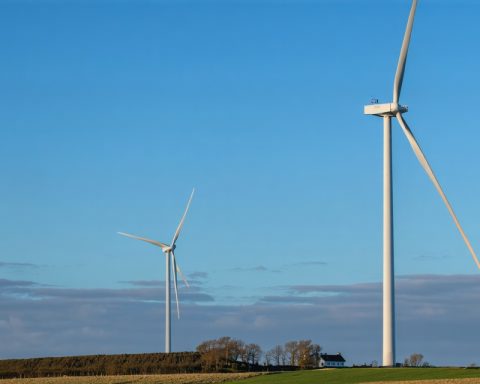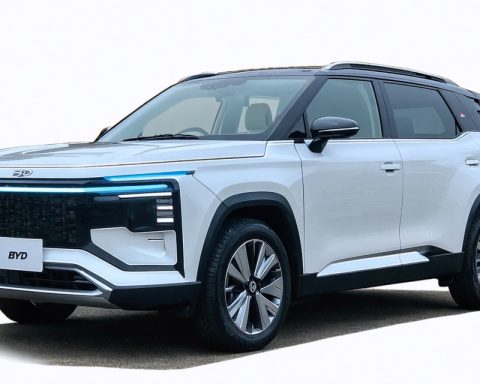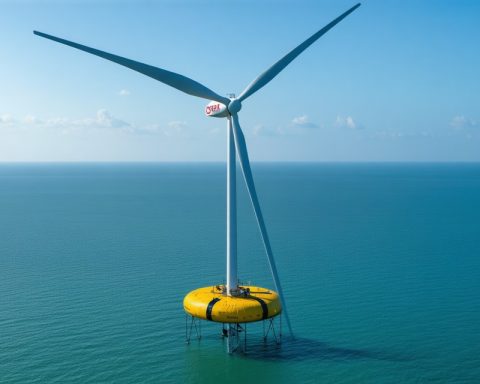- Drift is transforming high-performance catamarans into mobile renewable energy sources, tapping into wind power through innovative design.
- The vessels use hydrofoils and underwater turbines, alongside an electrolyzer, to convert seawater into hydrogen fuel, offering zero-emission energy solutions.
- A cutting-edge “Goldilocks” algorithm optimizes routes by calculating millions of possibilities for the best wind conditions, ensuring safe and efficient journeys.
- Despite current prototypes having modest output, a larger 190-foot vessel is planned to produce 330,000 pounds of hydrogen annually, comparable to land-based turbines.
- Initial development costs are high at $24 million, but future units are expected to be more cost-effective with increased production and refined technology.
- Drift’s approach represents a shift toward dynamic, ocean-based renewable energy, highlighting untapped potential in sustainable power generation.
Imagine a world where sleek racing yachts skim the ocean surface, harvesting energy while pursuing the perfect gust of wind. This vision edges closer to reality as a UK-based startup, Drift, pioneers a radical approach to renewable power. With wind power now contributing approximately 8% of global energy production and on track to overtake hydropower by decade’s end, Drift’s innovation seeks to ride this wave — quite literally — using the oceans as a playground for sustainable energy innovation.
Drift’s ingenious design transforms high-performance catamarans into mobile powerhouses. Sporting hydrofoils that elevate them above the waves and an underwater turbine, these vessels capture the ocean breeze’s force and convert it into clean, renewable energy. The magic happens through an electrolyzer, a device that turns seawater into hydrogen gas, stored aboard and ready to fuel cars, planes, and ships with zero emissions.
The yachts sail energetically, guided by a cutting-edge “Goldilocks” algorithm. It scours the sea for optimal conditions — wind that’s neither too fierce nor too feeble. Remarkably, this algorithm computes 6 million hypothetical routes in a blink, ensuring the journey remains both safe and efficient. Envision these yachts as nimble hunters, venturing across vast aquatic expanses in search of the elusive perfect wind.
Currently, the prototypes produce only a modest amount of power. Yet, ambitious plans are afoot. A newly designed ship, dwarfing its predecessors at 190 feet in length, promises to churn out up to 330,000 pounds of hydrogen annually. This next generation vessel aims to match the efficiency of terrestrial wind turbines, potentially rivaling even a robust 3-to-4-megawatt turbine or sprawling solar farms.
However, innovation doesn’t come cheap. The price tag for the initial build stands at an eye-popping $24 million. Future iterations are expected to become more cost-effective as production scales and technology refines, with Medland optimistic about substantial orders.
Drift’s vision reimagines renewable energy not as a static endeavor bound by infrastructure but as a roving pursuit. With the world’s energy landscape evolving, such innovation underscores a profound shift: embracing the untapped energy of our oceans could be one of humanity’s most dynamic steps toward a sustainable future.
Could Ocean-Powered Yachts Transform Renewable Energy?
Understanding Drift’s Revolutionary Concept
Drift is making waves with its innovative approach to renewable energy, harnessing the natural power of the ocean via high-tech yachts. Their cutting-edge design converts traditional racing yachts into formidable clean energy generators. This UK-based startup aims to revolutionize the way we perceive and utilize renewable energy by transforming the dynamics of maritime technology.
Features and Technical Specs
1. Hydrofoils and Turbines: Drift’s yachts are equipped with hydrofoils that lift the vessel above water surfaces, minimizing drag and maximizing efficiency. Underwater turbines then convert kinetic energy from the moving water and wind into usable power.
2. Electrolyzer Functionality: Central to the operation is the electrolyzer, which separates seawater into hydrogen and oxygen. The hydrogen is stored and can be utilized to power technologies ranging from vehicles to aircraft, boasting a fully renewable cycle.
3. Advanced Algorithms: The “Goldilocks” algorithm is a pivotal feature, capable of calculating millions of routes instantaneously to harness optimal wind conditions. This ensures that Drift’s yachts are always operating at peak performance levels.
Pressing Questions Answered
1. How Efficient is Drift’s Technology Compared to Traditional Methods?
Currently, the efficiency parallels terrestrial turbines but entails additional versatility due to its mobility. While initial outputs are modest, the potential for future vessels to produce up to 330,000 pounds of hydrogen annually is promising, suggesting comparable efficacy to land-based renewable solutions.
2. What are the Cost Implications?
Initial prototypes come with a significant investment of $24 million. Nevertheless, as technology matures and begins to scale, costs are projected to decrease, enhancing the commercial viability and attractiveness for large-scale adoption.
Real-World Applications and Market Trends
– Decarbonizing Transport: The hydrogen produced can aid in reducing carbon footprints across sectors such as automotive and aviation, actively contributing to the fight against climate change (IEA).
– Filling Renewable Gaps: Ocean-powered yachts can operate in diverse weather conditions, providing energy solutions when solar or terrestrial wind farms face limitations.
– Market Prospects: The global hydrogen market is expected to grow significantly, driven partly by innovations like Drift’s, forming part of a larger trend towards cleaner energy solutions.
Limitations and Controversies
While conceptually powerful, Drift faces hurdles, including high initial costs, potential environmental impacts of large-scale oceanic operations, and the technicalities of storing and distributing hydrogen safely. Ongoing research is vital to address these challenges.
Future Predictions and Industry Trends
– Scalability: As more prototypes are tested, Drift plans to enhance scalability, making oceanic hydrogen production a staple within the renewable energy market.
– Collaborative Innovation: Partnering with governments and industry leaders could catalyze the shift towards such advanced renewable solutions globally.
Actionable Recommendations
– Investment in Innovation: Encouraging private and governmental investment in maritime renewable technologies could dramatically extend current energy sourcing options.
– Stay Updated: Watch for developments and opportunities within the burgeoning hydrogen fuel market, contributing to a more sustainable and dynamic energy future.
For more information on innovative renewable solutions, explore the latest insights from the World Bank.
Conclusion
Drift’s ocean-powered yachts symbolize a bold new frontier in harnessing clean energy, offering both possibilities and challenges. As humanity seeks to sustainably power the future, embracing oceanic innovations such as Drift’s pioneering designs may well be a pivotal step forward.
